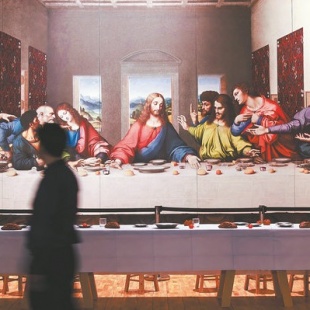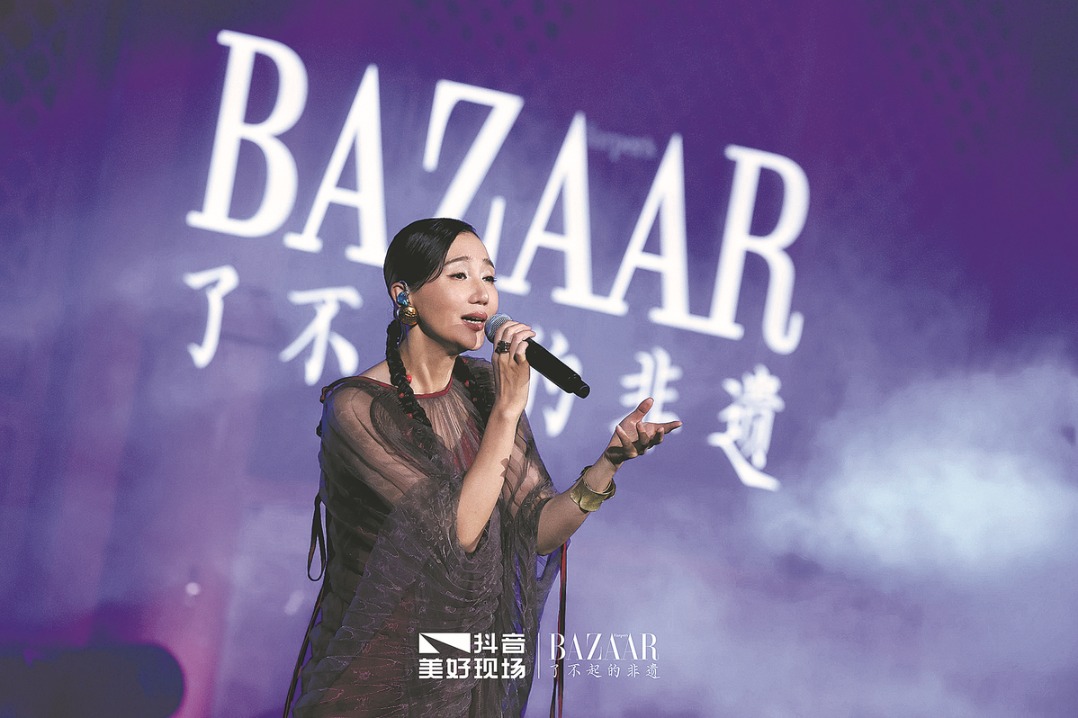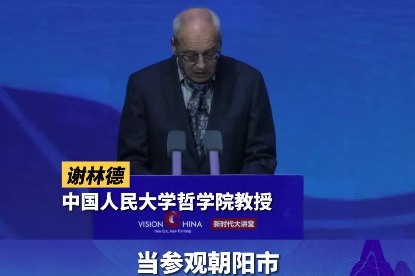Nature as Da Vinci's muse
Exhibition reveals how Renaissance master drew inspiration from plants, animals, geology and anatomy, Wang Qian reports.


From sketched ideas in the Codex Atlanticus, Leonardo da Vinci's largest collection of documents and drawings, his innovative mind has turned into reality at an ongoing exhibition at the Natural History Museum of China in Beijing, bringing a unique experience fusing the Renaissance genius with natural science to museumgoers.
"Through the exhibition, I hope our children can step into Da Vinci's world to see how he observed nature and, in the future, learn to become a person like Da Vinci or even somehow surpass him. It can spark their curiosity, inspire creative ideas, and encourage them to achieve their own accomplishments," says Miao Yuyan, the museum's exhibition development director, adding that this year marks the 55th anniversary of diplomatic relations between China and Italy.
Opened on June 5, Harmony Through Time and Space: How Leonardo da Vinci Created Concord Between His Artistic and Scientific World and the Natural World will run through Oct 15. Organized by the Natural History Museum of China in collaboration with Italy's Leonardo da Vinci Academy and Guangzhou Artigit Technology Co, under the guidance of the Art Exhibitions China, the exhibition positions natural science as the foundation for understanding Da Vinci's multifaceted brilliance in art, engineering and invention.
"With a strong advantage in the collection and research of natural specimens, our museum makes the collaboration with the Leonardo da Vinci Academy a complementary partnership. Featuring a total of about 190 exhibits, the exhibition has more than 70 exquisite specimens from our museum, including animals, plants and minerals, which are all natural objects closely related to the achievements of Da Vinci," Miao adds.





































